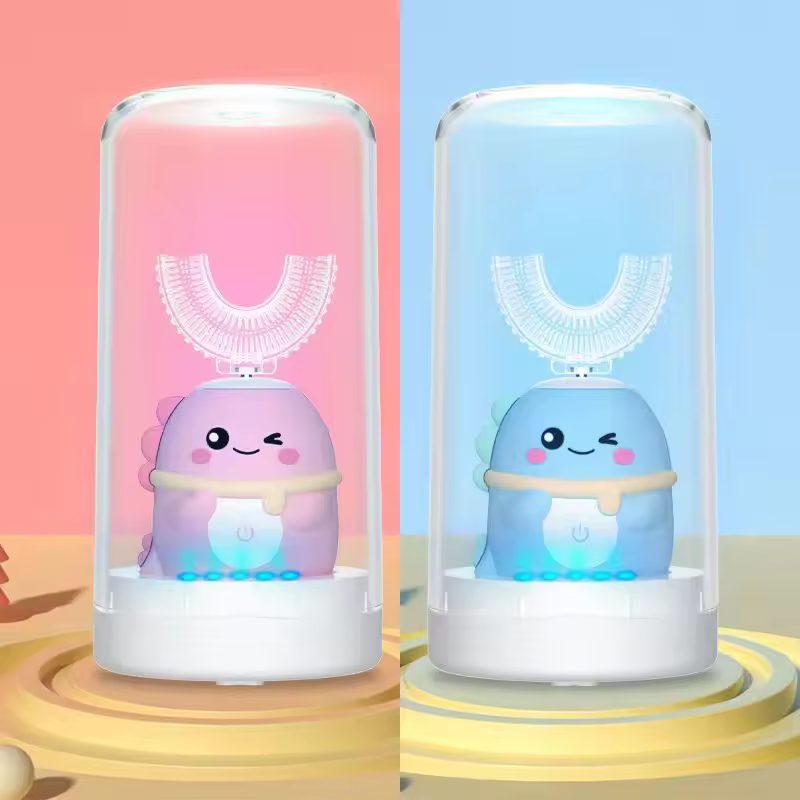Introduction:
Electric toothbrushes have become increasingly popular due to their ability to provide efficient and effective oral care. However, like any electronic device, electric toothbrushes may encounter issues or stop working over time. Understanding the common reasons behind electric toothbrush failures and how to mitigate them can help ensure the longevity of your toothbrush and maintain optimal oral hygiene. In this guide, we will explore the potential causes of electric toothbrushes stopping working and provide tips to prevent and troubleshoot these issues. By being aware of these factors, you can maximize the lifespan of your electric toothbrush and continue to enjoy its benefits.
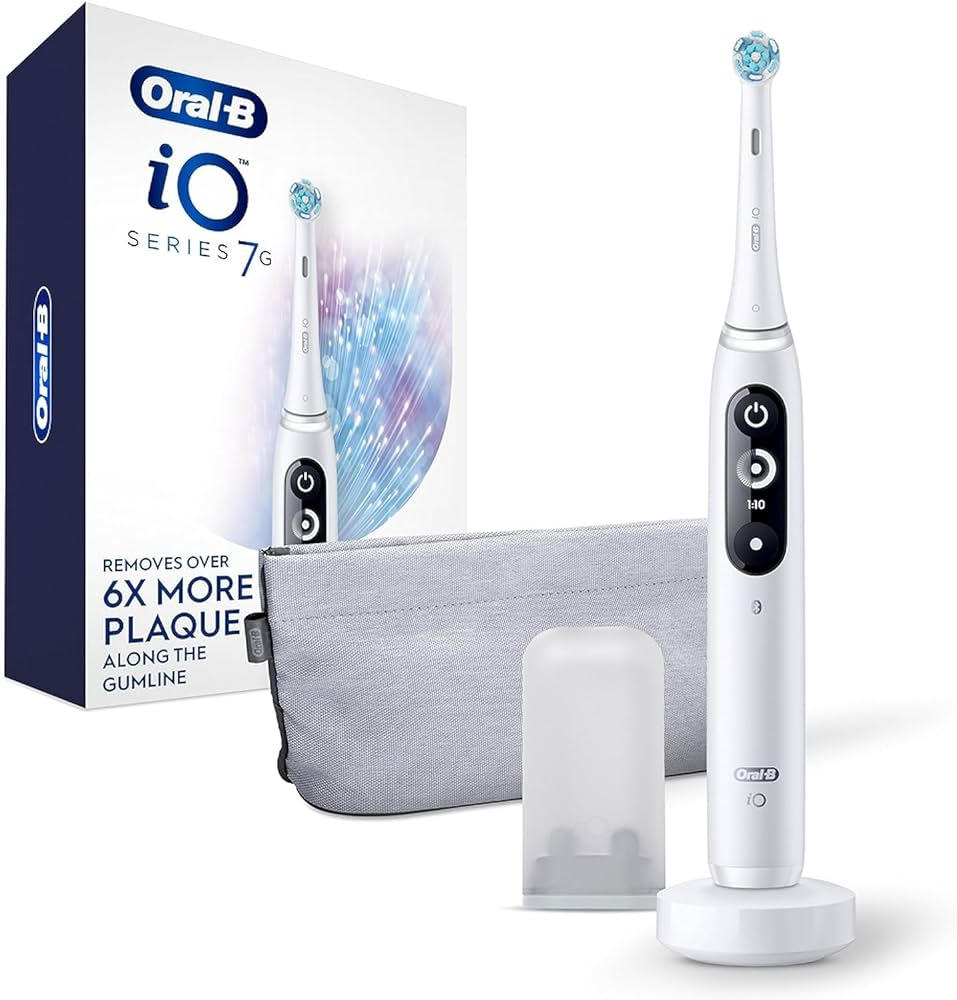
Do electric toothbrushes stop working?
Battery Issues:
One of the most common reasons for electric toothbrushes to stop working is battery-related problems. Here are some factors to consider:
Battery Drain: Over time, the battery of an electric toothbrush may lose its capacity to hold a charge. This can result in a shortened usage time or the toothbrush not turning on at all. Rechargeable batteries gradually degrade with use, and their lifespan can vary depending on the toothbrush model and frequency of use.
Battery Corrosion: Battery corrosion can occur if moisture or toothpaste residue seeps into the battery compartment. Corrosion can damage the battery connections and prevent the toothbrush from functioning properly.
Battery Contact Issues: If the battery contacts in the toothbrush or charger become dirty or damaged, it can disrupt the flow of electrical current and prevent the toothbrush from charging or turning on.
Follow Charging Instructions: It’s important to follow the manufacturer’s instructions for charging your electric toothbrush. Overcharging or leaving the toothbrush on the charger for prolonged periods can potentially damage the battery. Once fully charged, remove the toothbrush from the charger to prevent unnecessary strain on the battery.
Clean Battery Contacts: Regularly clean the battery contacts in both the toothbrush and charger to ensure proper connectivity. Use a soft, dry cloth or cotton swab to remove any dirt, debris, or toothpaste residue. Avoid using water or any liquid cleaning agents near the battery contacts.
Replace Batteries or Toothbrush Head: If your electric toothbrush has replaceable batteries, ensure that you replace them when necessary. Follow the manufacturer’s recommendations for the specific battery type and replacement intervals. If your toothbrush has a non-replaceable battery, consider replacing the toothbrush head as recommended by the manufacturer, which may include a new battery.
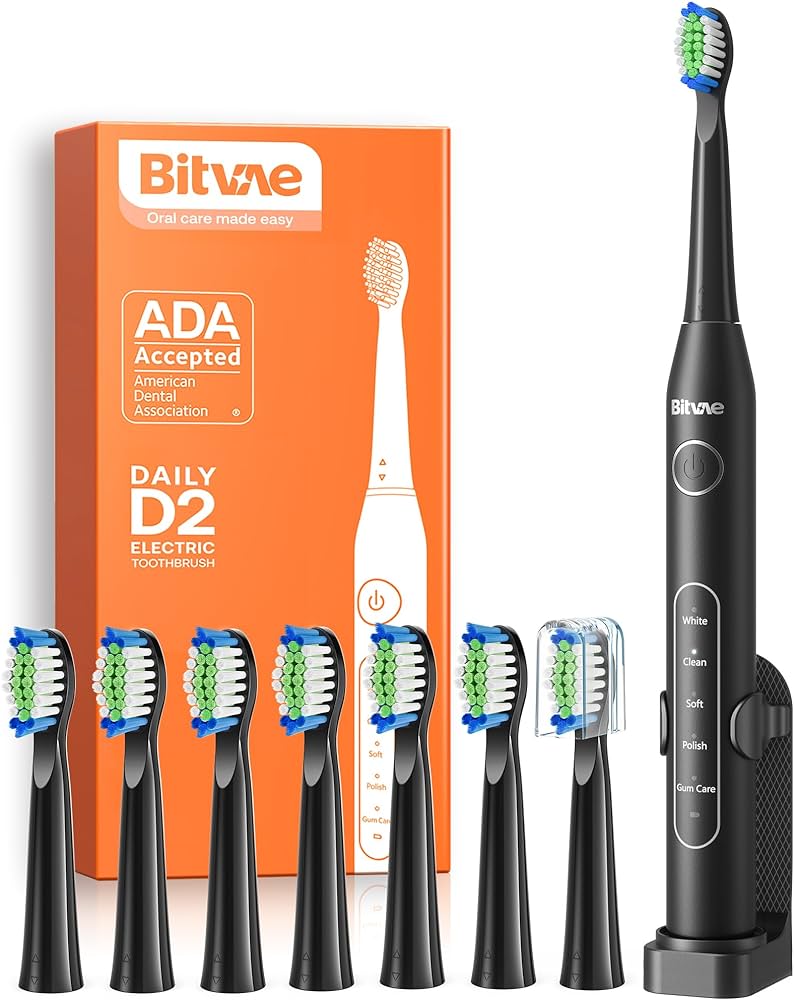
Mechanical Faults:
Mechanical faults can also contribute to electric toothbrushes not working correctly. These faults may occur due to wear and tear, manufacturing defects, or accidental mishandling. Here are some mechanical issues to be aware of:
Motor Malfunction: The motor is the core component of an electric toothbrush, and if it malfunctions, the toothbrush may stop working entirely or exhibit unusual behavior. This can be caused by various factors such as excessive use, overheating, or manufacturing defects.
Button or Switch Failure: The buttons or switches on electric toothbrushes may become unresponsive or fail to function properly over time. This can be due to mechanical wear, contact issues, or internal component failure.
Brush Head Attachment Problems: In some cases, the brush head may not attach securely to the toothbrush handle or may detach during use. This can impact the performance and functionality of the toothbrush.
To address mechanical faults, consider the following measures:
Gentle Handling: To prevent accidental damage, handle the toothbrush with care and avoid excessive force or dropping it. Avoid using excessive pressure while brushing, as this can strain the motor and other components.
Follow Manufacturer’s Guidelines: Adhere to the manufacturer’s guidelines for replacement intervals, maintenance, and handling of the toothbrush. Regularly inspect the toothbrush for any signs of wear or damage. If you notice any issues, contact the manufacturer’s customer support for assistance.
Contact Customer Support: If your toothbrush is still under warranty and experiences mechanical issues, contact the manufacturer’s customer support for guidance. They may offer troubleshooting tips, replacement parts, or repair services depending on the issue and warranty coverage.
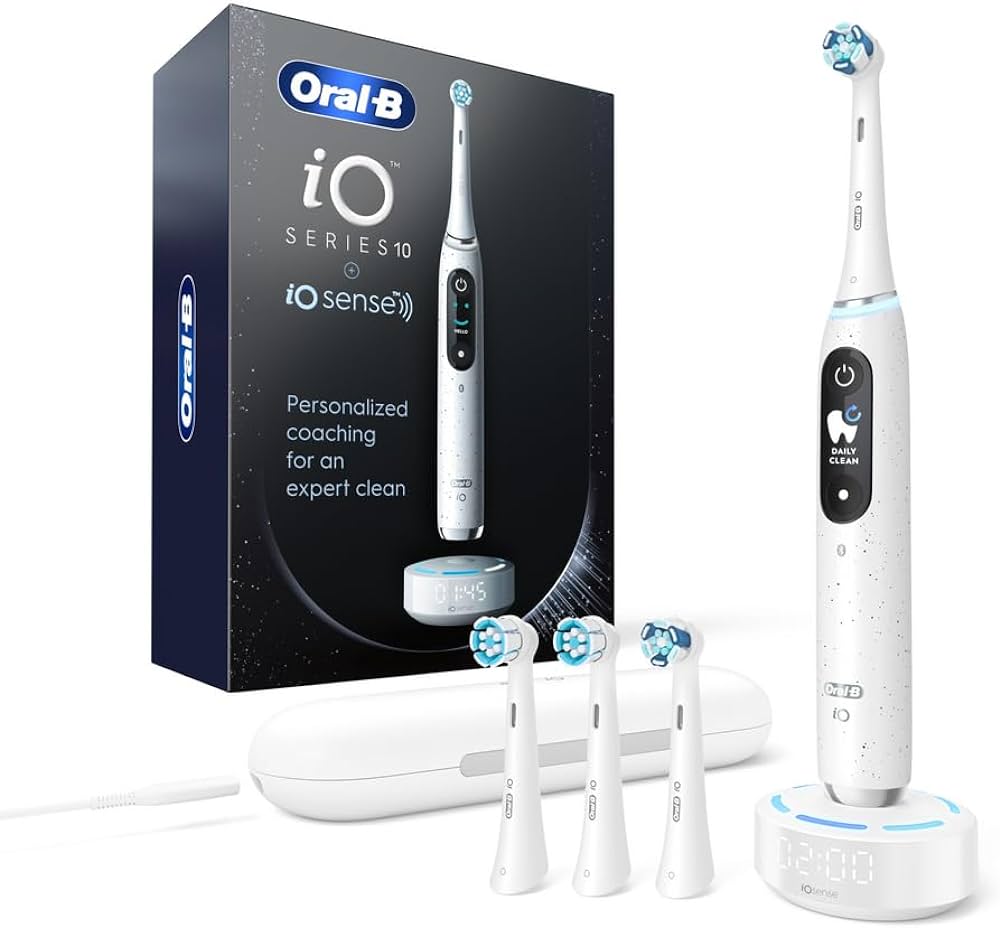
Water Damage:
Water damage is another common cause of electric toothbrushes not working properly. Although most electric toothbrushes are water-resistant, excessive exposure to water or submerging the toothbrush can lead to internal damage. Here are some considerations to avoid water damage:
Follow Water Resistance Guidelines: Electric toothbrushes are designed to withstand a certain level of water exposure. Follow the manufacturer’s guidelines regarding water resistance and avoid submerging the toothbrush beyond the recommended limits. If your toothbrush is not labeled as waterproof or water-resistant, take extra precautions to keep it dry.
Proper Drying: After each use, thoroughly rinse the toothbrush head and handle under running water to remove debris and toothpaste. Shake off excess water and leave the toothbrush in an upright position to air dry. Avoid storing the toothbrush in a closed container or in a damp area, as this can promote moisture buildup and potential damage.
Travel Considerations: When traveling, ensure the toothbrush is dry before packing it. If the toothbrush becomes wet during transit, allow it to air dry completely before use or charging.

Obstruction or Blockage:
Sometimes, an obstruction or blockage within the toothbrush can prevent it from working correctly. This can occur if hair, debris, or toothpaste residue accumulates in the brush head or other parts of the toothbrush. Here are some steps to resolve obstructions or blockages:
Clean the Brush Head: Regularly detach the brush head from the toothbrush handle and clean it thoroughly. Rinse it under running water and use a toothbrush or small brush to remove any debris or buildup. Ensure the brush head is completely dry before reattaching it to the handle.
Check for Blockages: Inspect the toothbrush handle for any blockages that may be hindering its operation. Use a toothpick or a small brush to carefully remove any obstructions that you can see. Avoid using excessive force or sharp objects that can damage the toothbrush.
Regular Maintenance: Engage in regular maintenance practices recommended by the manufacturer to prevent the accumulation of debris or blockages. This may include disassembling the toothbrush, if possible, to clean hard-to-reach areas.
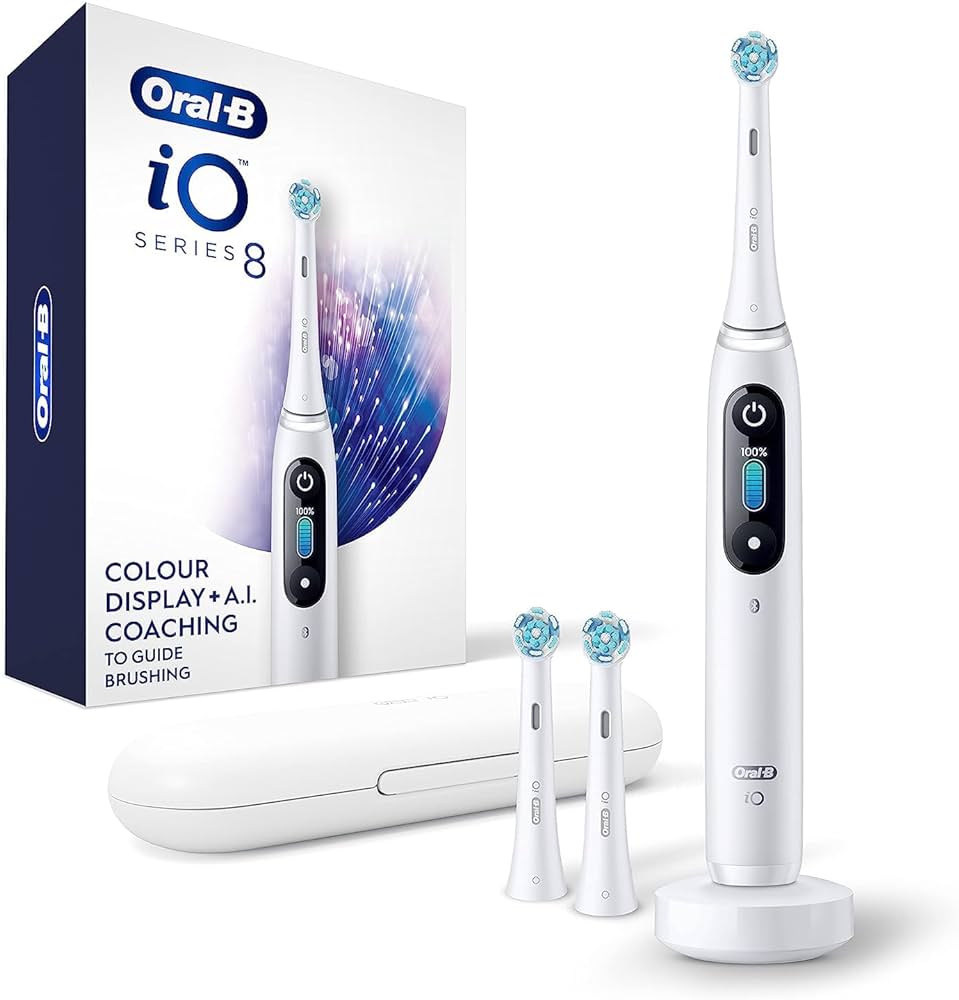
Conclusion:
While electric toothbrushes can encounter issues or stop working over time, there are various measures you can take to prevent and troubleshoot these problems. Battery issues, mechanical faults, water damage, and obstructions or blockages are common factors that can contribute to an electric toothbrush not working properly. By following proper charging instructions, cleaning the toothbrush regularly, handling it with care, and addressing issues promptly, you can extend the lifespan of your electric toothbrush. Additionally, adhering to manufacturer’s guidelines, contacting customer support, and seeking professional assistance when needed can help resolve any technical or mechanical problems. With proper maintenance and care, your electric toothbrush can continue to provide effective oral care and contribute to optimal dental health.


